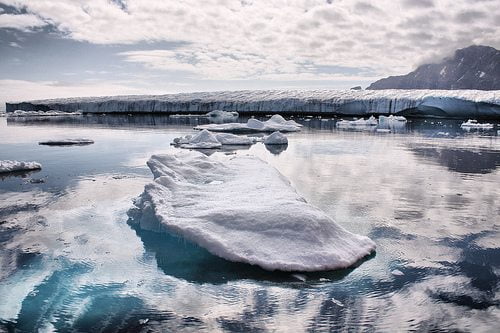

Environment
One in 40 living in areas likely to be underwater by 2100
Some 147 to 216 million people are currently living on land that will be below sea level or regular flood levels by 2100 if climate change continues unabated, a new analysis has warned.
The study, lead by Climate Central, identified the countries most at risk from rising sea levels if climate change is not curbed and if greenhouse gas emissions continue at the current rate.
This would melt ice sheets and glaciers around the world, topping up the seas, while thermal expansion – which causes warmer water to take up more space – would add to the problem.
In this scenario, China would the worst affected, with around 50 million people currently living in areas that would be subject to regular flooding.
Asia as a whole is the most exposed continent, with more than 145 million people living in affected areas. Following China at the top of the table are Vietnam, Japan, India, Bangladesh and Indonesia.
In Europe, the Netherlands would be the worst hit, with almost 8 million residents – almost half of the current population – at risk. In the UK, more than 2.5 million would be affected.
Overall, about one person in 40 lives in a place likely to be exposed to such flooding by the end of the century, the study concludes, unless significant action is taken to curb emissions.
However, Climate Central warn even this may be a significant underestimate, admitting their analysis is based on limited global data.
Looking specifically at the US using more precise, up to date domestic data, they found the global data produced figures that underestimated the problem on a factor of three to four. If this error factor applies globally, the analysts say as many as 300 to 650 million people live in vulnerable areas.
With the global population expected to rise significantly, reaching 9 billion by the mid-century, many more would be affected in reality.
The analysis may assume a worst-case scenario, but recent findings have demonstrated that time is already running out to prevent devastating sea level rise.
Recently, scientists confirmed that the collapse of the West Antarctic ice sheet has begun, caused by warming temperatures, and is irreversible. This alone means global sea levels will rise by up to 4 metres (13ft).
Studies have also suggested that ice sheets across the Antarctic peninsula could also be melting at a faster pace than previously thought, contributing to rising sea levels and posing a risk to coastal megacities, from New York to Shanghai.
Researchers found that ice sheets in West Antarctica and Greenland are together losing around 500 cubic km of ice each year, having doubled their contribution to the oceans within just five years.
Photo: Christine Zenino via Flickr
Further reading:
Australian properties worth $226bn at risk of rising sea levels
Northern Atlantic glaciers melting faster than ever, study warns
Australian church to divest from fossil fuels to help sinking Pacific states
Small island states threatened by rising sea levels call for sustainability


 Features9 months ago
Features9 months agoWhat is the Eco-Friendliest Option to Wash Your Dishes?

 Environment12 months ago
Environment12 months agoBuilding a Career in Green Construction: Tips and Insights

 News10 months ago
News10 months ago5 Ways Fleet Maintenance Software Can Help Businesses Be More Eco-Friendly

 Features10 months ago
Features10 months agoAddressing Pressing Ethical Concerns with Crypto Exchanges






























